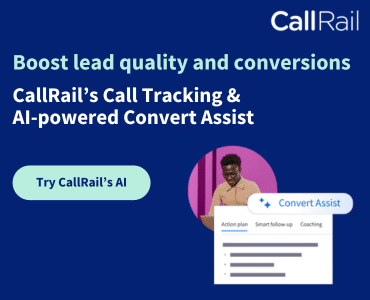People who are new to building law firm websites want the process to be as simple and inexpensive as possible. While web developers want the same, they also want you to understand the life expectancy of a law firm website, and what you’ll need to do to maintain your site at peak productivity for as long as possible.
A website is not a “set it and forget it” endeavor, where once you create the product, it’s completely done and you don’t have to attend to it again. Having a website is more like having a puppy. Once you bring it home, you still need to feed it, play with it and keep it clean.
To keep your website healthy and productive, stay on top of these two things:
- Short-term upkeep, to keep the information on your site current.
- Long-term evolution, to ensure your site stays in tune with rapidly changing technology.
Steps to Keep Your Site Current in the Short-term
Sites that get updated will attract new visitors as well as repeat visitors. Every time you add new information to your site, you can let people know by posting on social media. This will prompt people to visit your site — and remind potential clients that you exist. If you follow these steps, your site will keep attracting visitors in the short-term:
- Update your blog or news sections weekly. While you don’t want to cater to your website more than your work, set a goal to update it at least once a week. Frequently updated sites are more likely to appear in search engine results (especially if you infuse your content with SEO). Sites that get updated will attract new visitors as well as repeat visitors. Every time you add new information to your site, you can let people know by posting on social media. This will prompt people to visit your site — and remind potential clients that you exist.
- Update static sections of your site or blog quarterly. Even those sections of your site that seem set in stone, your bio for instance, need upkeep. Revise your “about” page to include your newest accomplishments, too. If you hired someone to build your site, remember to get a good tutorial on how to make these changes yourself so you can update your site with professional news as it happens.
Plan Ahead: Your Long-term Strategy
All business owners must think about the high speed of technological change. Consider not only the upfront needs of your site’s design, but also what will be required in terms of redesign as technology inevitably transforms.
Shop around for a designer who offers a flat rate for maintenance and options for updating your site to newer technologies. Most sites need to be completely redesigned every three to five years. While that may seem like a short shelf life, consider how quickly technology becomes obsolete. As monitors have grown larger, favorite web browsers have shifted, and mobile phones have become the most popular way to access the Internet, site design has needed to evolve to accommodate those changes.
Redesigning your website is a much smoother — and cheaper —project when you’ve planned ahead. The price of web development shows no signs of decreasing, so do everything you can on your first website design to set yourself up for a painless redesign in a few years. For example, make sure your designer is taking precautionary steps, such as using a solid CMS, to prepare for redesigns.
Developers today build sites with the knowledge that web design is a constantly changing animal. If a new device comes out next year, your site should look great on it, even though your designer didn’t know it was coming.
Illustration ©iStockPhoto.com
















